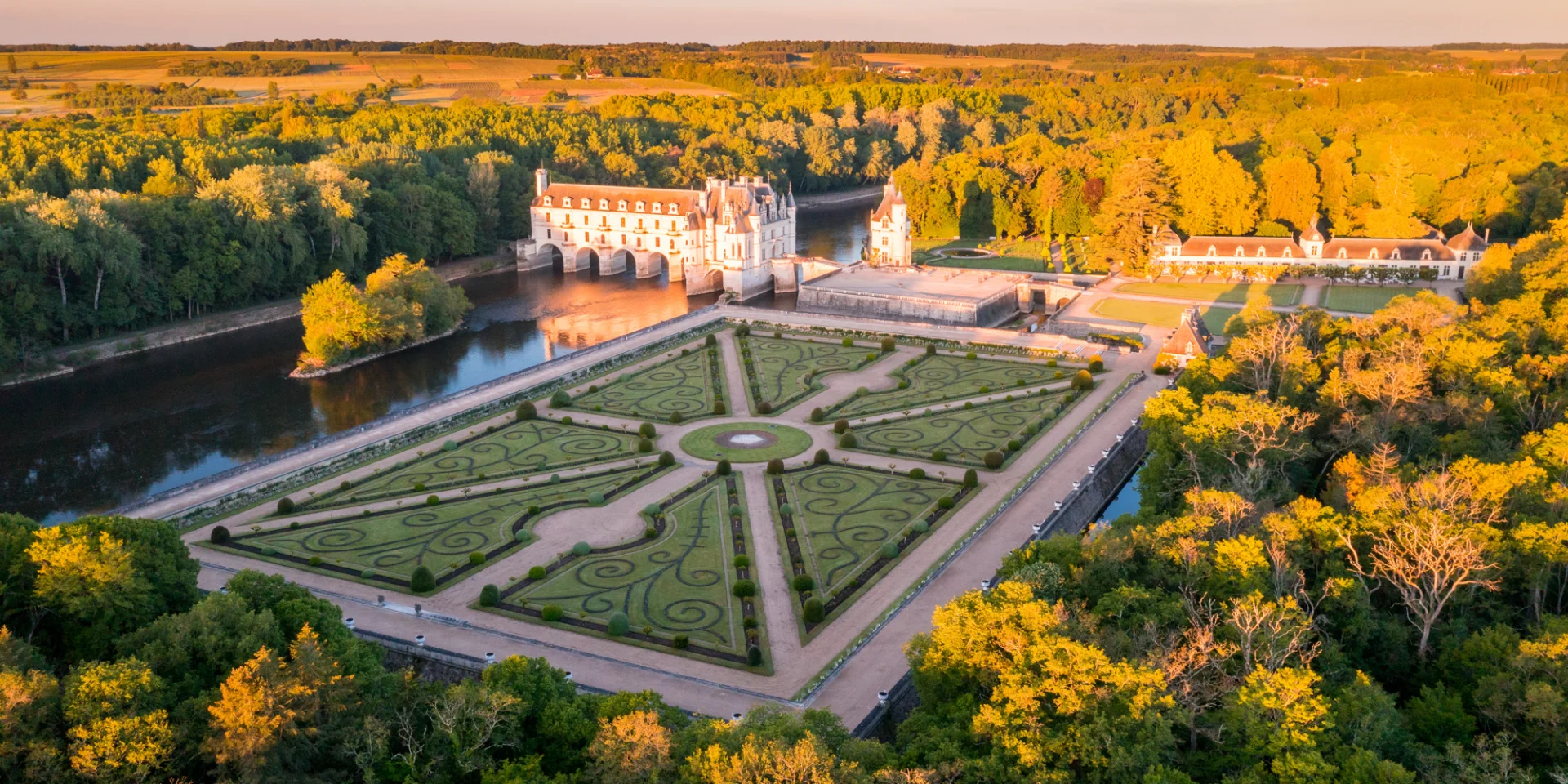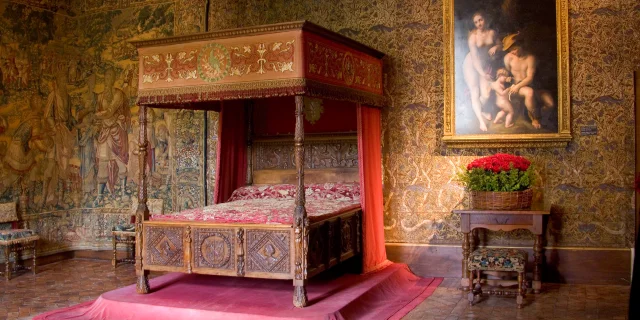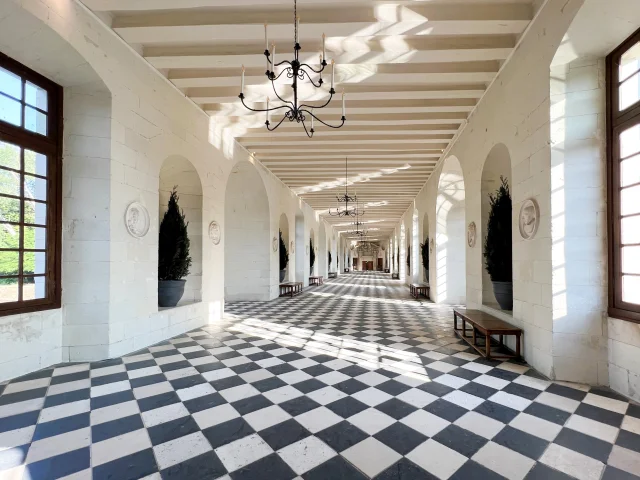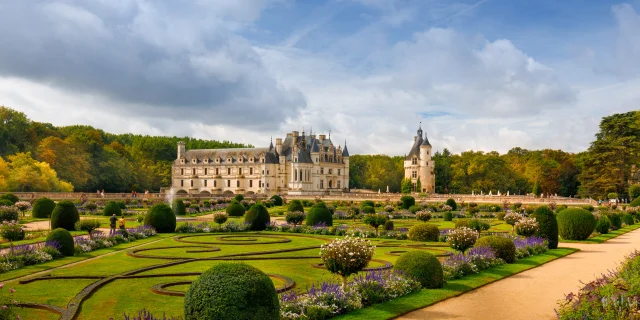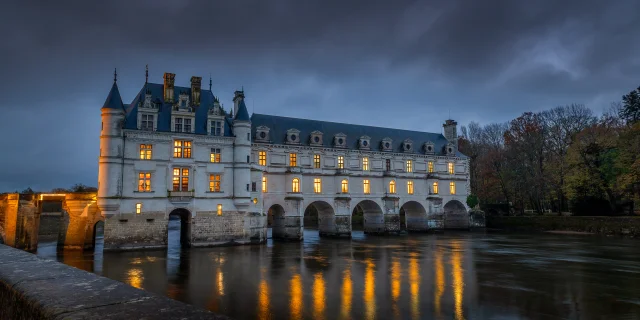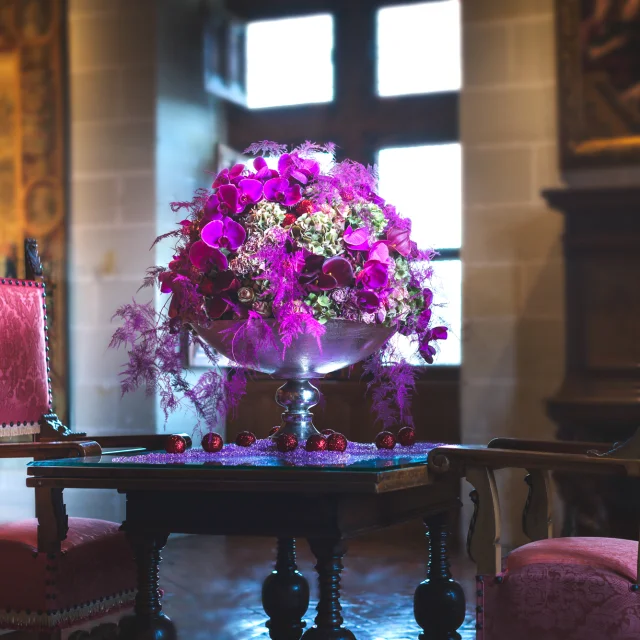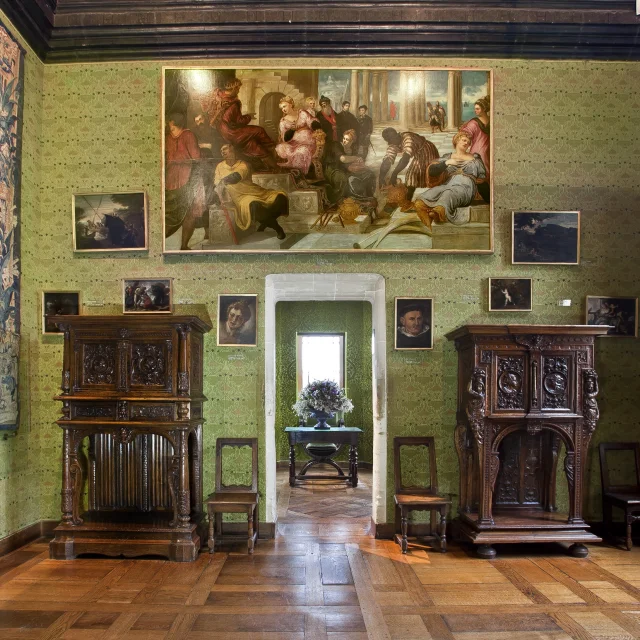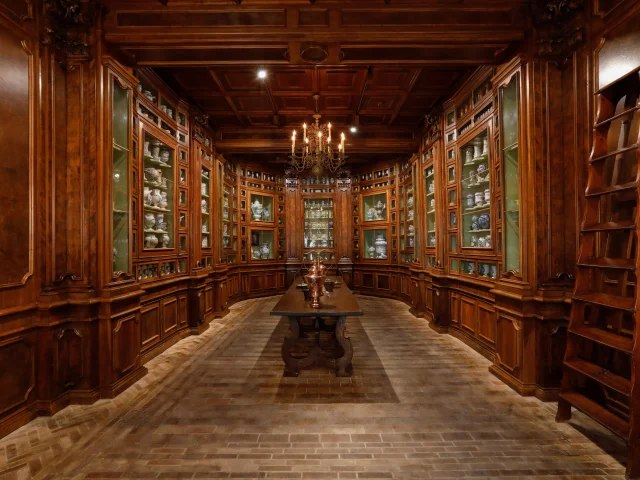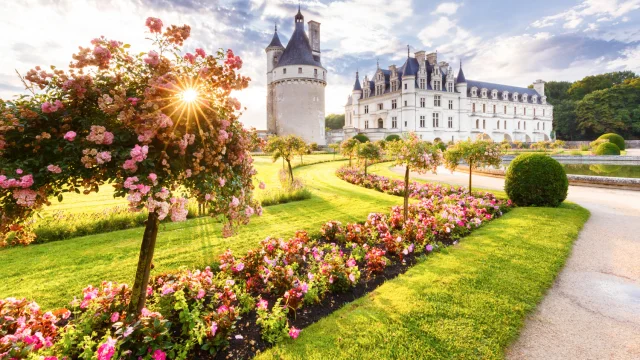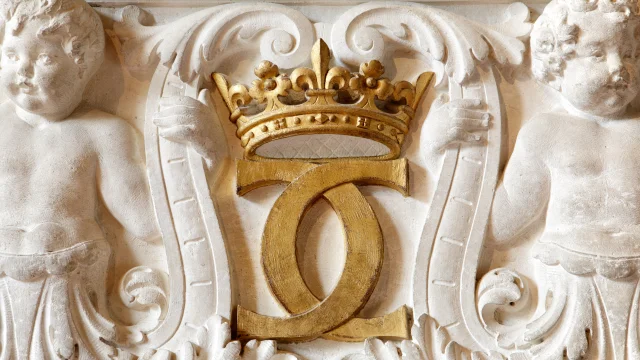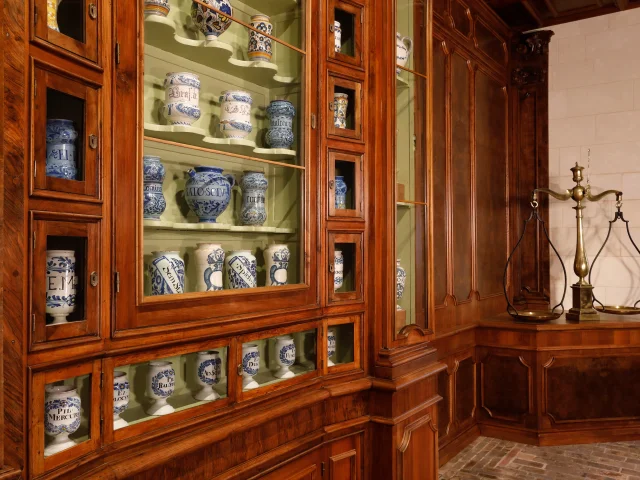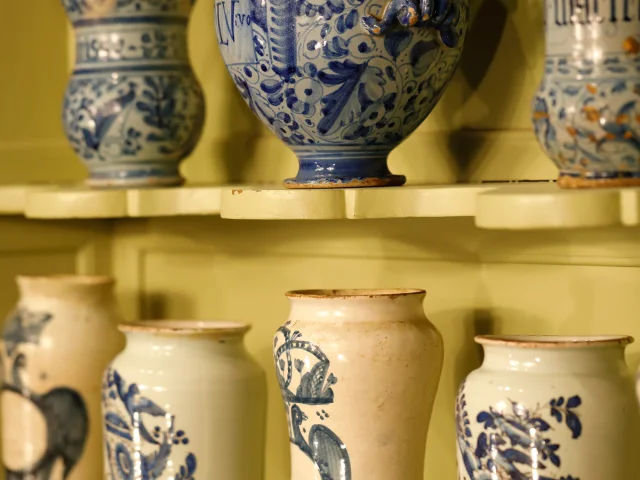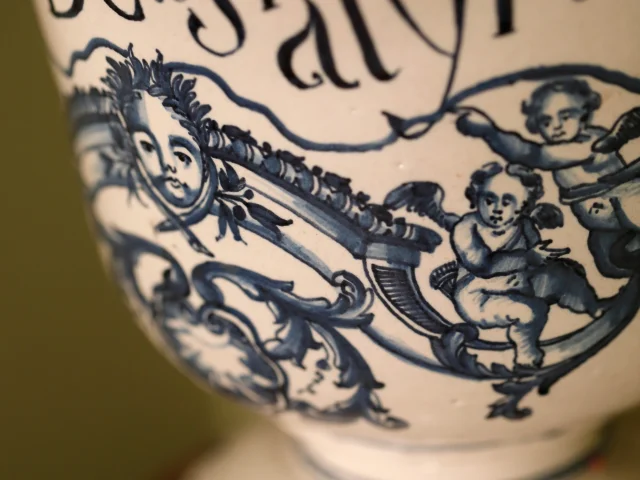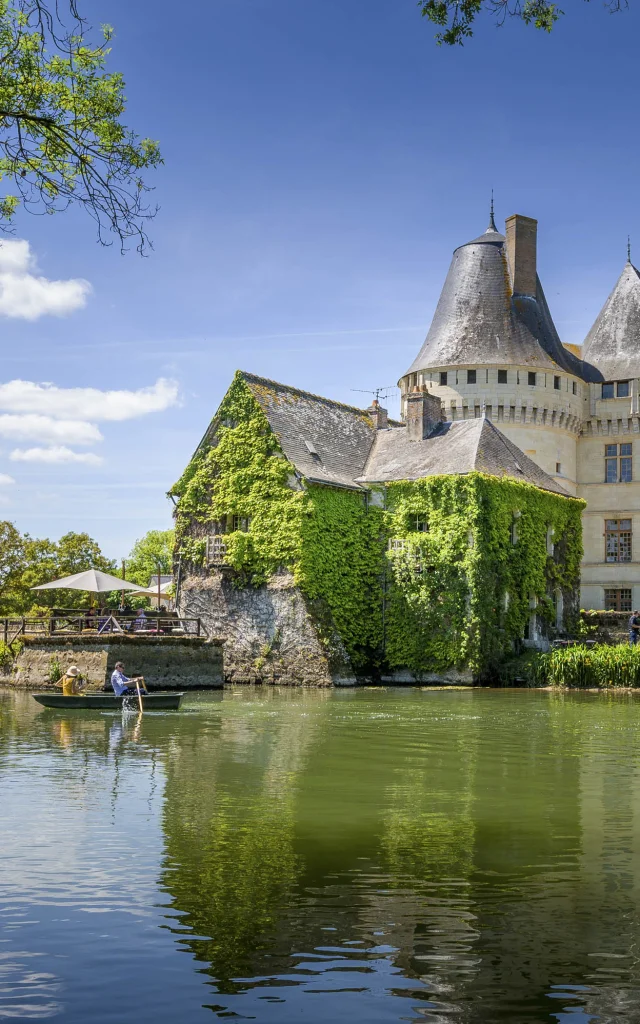Catherine de MediciA queen with an exceptional destiny
“I had the girl naked!” So lamented Francis I when Pope Paul III refused to pay the dowry promised by his predecessor Clement VII for the marriage uniting Catherine de Medici and Francis I’s second son, Henry of Orleans (the future Henry II).
From Florence to the French court
Heiress of the Medici line, at the helm of Florence, Catherine was a strategic choice for Franco-Italian rapprochement in the context of the Italian Wars and the rivalries between Francis I and Charles V. Her commoner (non-noble) origin did not predestine her to the future King of France, the first son of Francis I. She married the second son, becoming Duchess of Orléans in 1533. Three years later, there was a new twist: the dauphin François de France died! Henri d’Orléans was given the title of Dauphin and Duke of Brittany, before becoming King of France in 1547. Catherine de Médicis was crowned Queen of France in 1549, at the Basilica of Saint-Denis.
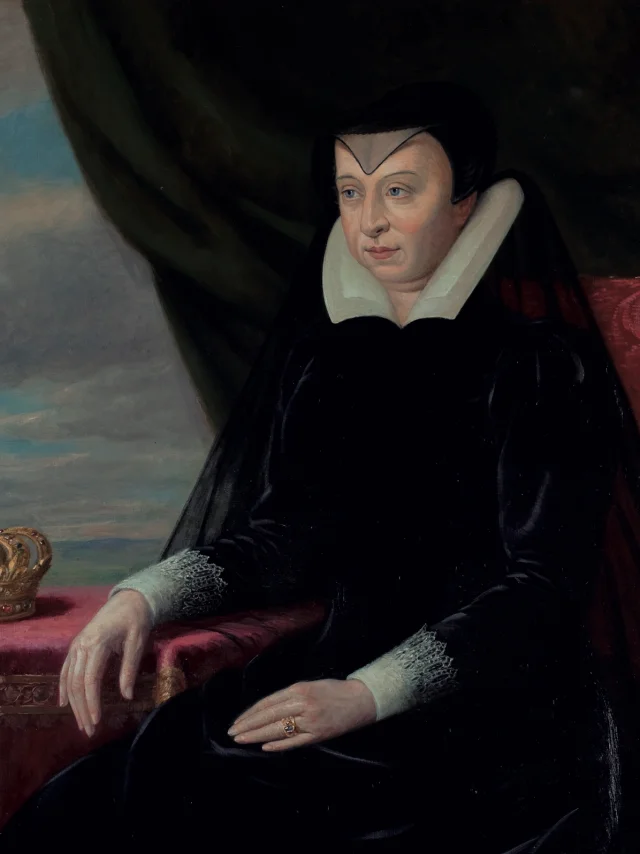 Portrait de Catherine de Médicis
Portrait de Catherine de Médicis